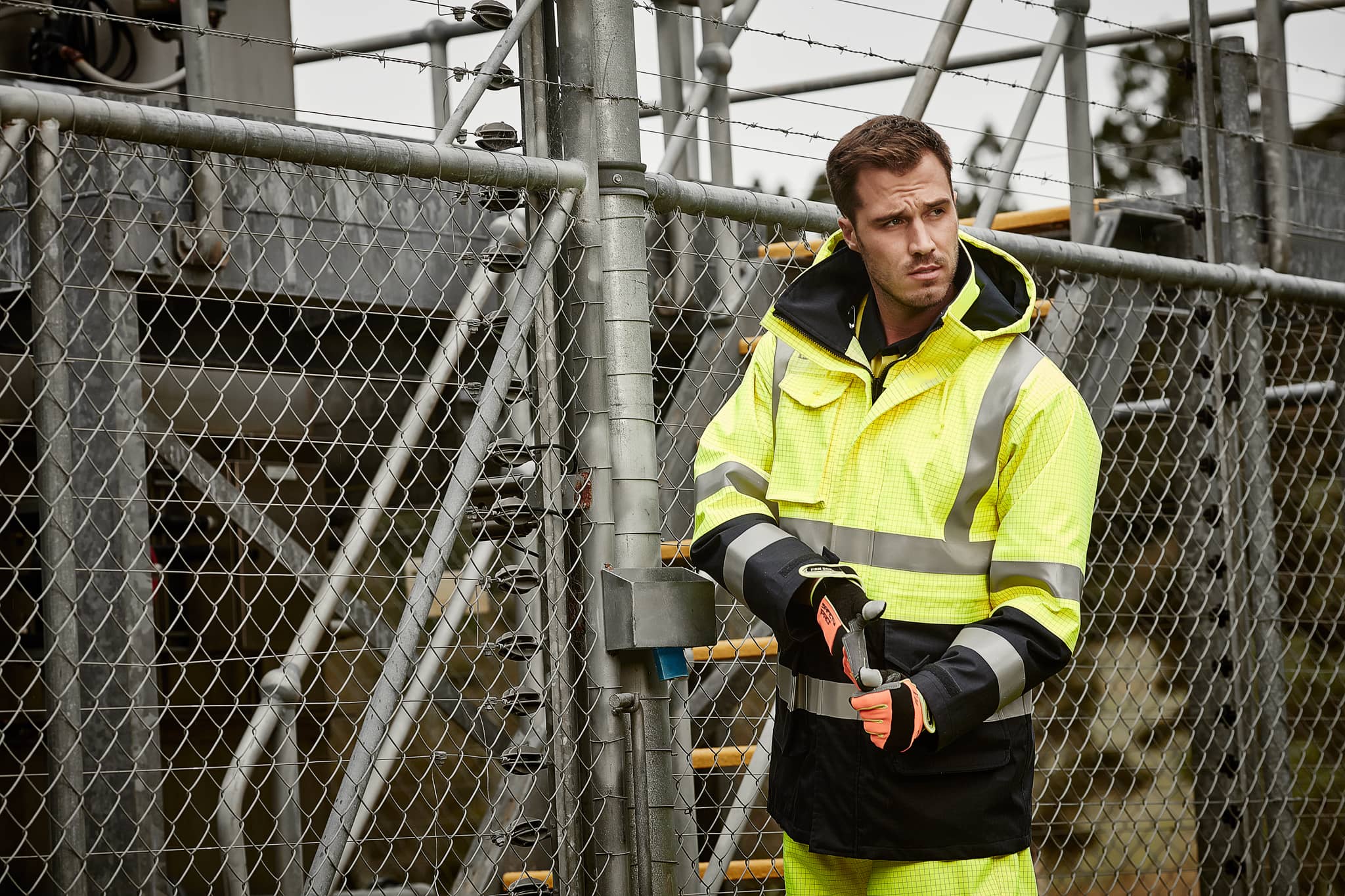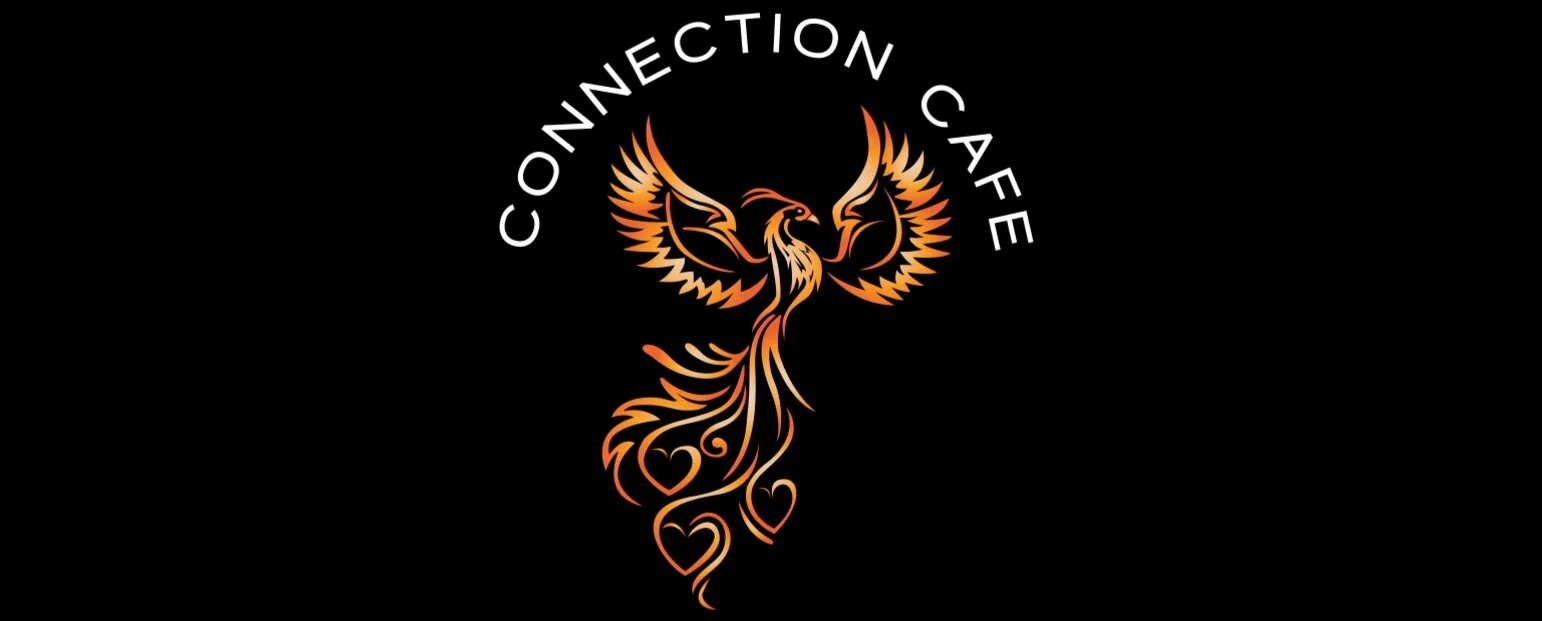Enhancing Durability for Mining and Construction Gear

The mining and construction industries operate under some of the harshest conditions on Earth. Equipment faces constant bombardment from rocks, dirt, chemicals, and extreme temperatures. When a single piece of machinery can cost hundreds of thousands of dollars, protecting that investment becomes critical to operational success and profitability.
Equipment failure doesn’t just mean repair costs—it means project delays, safety risks, and lost revenue that can quickly spiral into the millions. The difference between thriving and struggling often comes down to how well companies protect their most valuable assets: their machinery and tools.
Understanding the Challenges Equipment Faces
Mining and construction environments create a perfect storm of destructive forces. Excavators dig through rocky terrain that can scratch and gouge metal surfaces within hours. Dump trucks navigate roads filled with sharp aggregate that gradually wears down components. Drilling equipment encounters abrasive materials that can reduce tool life by 70% compared to standard applications.
Temperature fluctuations add another layer of complexity. Equipment operating in desert mines might face 120°F heat during the day and near-freezing temperatures at night. These dramatic swings cause metal expansion and contraction, creating stress fractures that eventually lead to catastrophic failure.
Chemical exposure presents yet another threat. Many mining operations involve processing materials that are inherently corrosive. Salt mines, for example, create environments where standard steel components can deteriorate rapidly without proper protection.
Surface Protection Technologies That Work
Modern protective coatings have revolutionized equipment longevity. Thermal spray coatings can extend component life by 300% in severe applications. These coatings bond metallurgically with the base material, creating a protective barrier that’s actually stronger than the original surface.
Ceramic coatings offer exceptional hardness ratings, sometimes exceeding 1,000 on the Vickers scale. This makes them ideal for components that face constant grinding action, such as crusher parts and excavator bucket teeth. The key advantage lies in their ability to maintain hardness even at elevated temperatures where traditional materials would soften.
An abrasion resistant coating represents one of the most cost-effective protection methods available. These specialized formulations can be applied to both new equipment and worn components during rebuilds. The best systems combine multiple protection mechanisms—hardness, impact resistance, and chemical inertness—into a single application.
Hardfacing techniques deserve special mention for their versatility. Welders can apply these materials directly in the field, making repairs without costly equipment downtime. Advanced hardfacing alloys can restore worn surfaces to better-than-new condition while providing superior resistance to future wear.
Material Selection Strategies
Choosing the right base materials makes protection efforts more effective. High-strength low-alloy steels offer excellent toughness while maintaining weldability for field repairs. For applications requiring maximum hardness, tool steels and specialty alloys provide performance that justifies their higher cost.
Composite materials have found increasing acceptance in mining applications. Carbon fiber reinforced components weigh significantly less than steel equivalents while offering comparable strength. This weight reduction translates into fuel savings and reduced stress on supporting structures.
Heat treatment processes can dramatically improve material properties without changing the base composition. Selective hardening allows engineers to create components with hard, wear-resistant surfaces while maintaining tough, impact-resistant cores.
Maintenance Protocols That Extend Equipment Life
Proactive maintenance represents the most cost-effective durability enhancement strategy. Regular inspections can identify wear patterns before they become critical failures. Vibration analysis, oil sampling, and thermal imaging help maintenance teams spot problems in their earliest stages.
Lubrication programs require careful attention to both product selection and application frequency. Premium lubricants cost more upfront but can reduce component wear by 50% compared to standard products. Automatic lubrication systems ensure consistent coverage even in dusty environments where manual greasing becomes problematic.
Component rotation extends overall equipment life by distributing wear patterns. Bucket teeth, for example, can be repositioned to ensure even wear across all positions. This simple practice can double the useful life of wear parts.
Environmental Considerations and Sustainability
Modern durability enhancement techniques align with environmental responsibility goals. Longer-lasting components mean fewer replacements, reducing the environmental impact of manufacturing and transportation. Rebuilding worn components rather than replacing them saves materials and energy while maintaining performance standards.
Water-based coatings have largely replaced solvent-based systems, eliminating volatile organic compound emissions during application. These newer formulations often provide superior performance while meeting stringent environmental regulations.
Recycling programs for worn components help companies recover valuable materials. Tungsten carbide from worn cutting tools, for example, can be reclaimed and used in new components at significant cost savings.
Maximizing Your Equipment Investment
Smart durability planning starts during the equipment specification phase. Spending an additional 10% on protective measures during initial purchase typically saves 300% in lifecycle costs. This investment pays dividends through reduced downtime, lower maintenance expenses, and extended equipment life.
Working with coating specialists and metallurgical experts helps identify the optimal protection strategy for specific applications. These professionals can analyze operating conditions, wear patterns, and failure modes to recommend the most effective solutions.
Regular performance monitoring ensures protection systems continue working effectively. Tracking component life, failure rates, and maintenance costs provides data needed to refine protection strategies over time.




